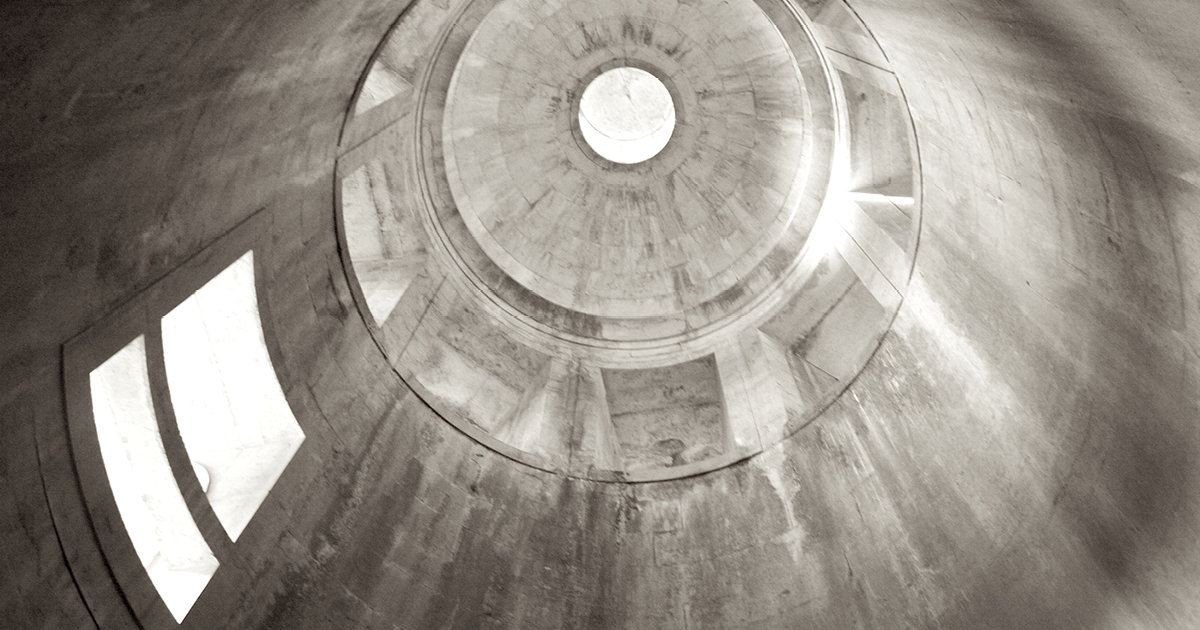
Throughout the 1950’s, the Inquérito à Arquitectura Regional proposed a change of focus to Portugal. Nowadays, this purpose becomes once again urgent, being mandatory to concentrate in the recovery of the country through the development of an architecture that embraces the cultural heritage, merging traditions with a contemporary style. The abandonment of such heritage can be perceived as a new approach to the field of Architecture — acknowledging at the same time the relevance of conservation, restoration and rehabilitation.
The Águas Livres Aqueduct is one of the most iconic monuments in Lisbon. Spread across a wide geographical range, it was built to serve the needs of the people, and curiously, it was also financed by them. Notorious architects and engineers were involved in its development, and its greatness secured its place among the constructions of that century. Even though the Aqueduct’s lifetime has gone beyond centuries, it continues to reflect the local culture. Unfortunately, and despite its undeniable value, the Aqueduct has been forgotten, and clear signs of aging and poor maintenance tell precisely that.
This work aims at de-constructing this paradoxical example. The Aqueduct Memories — a path through the forgotten heritage, proposes several answers to these troubling questions. The Itinerário das Águas Livres is then a try-out for the drawing in Architecture as a solution to this problem.